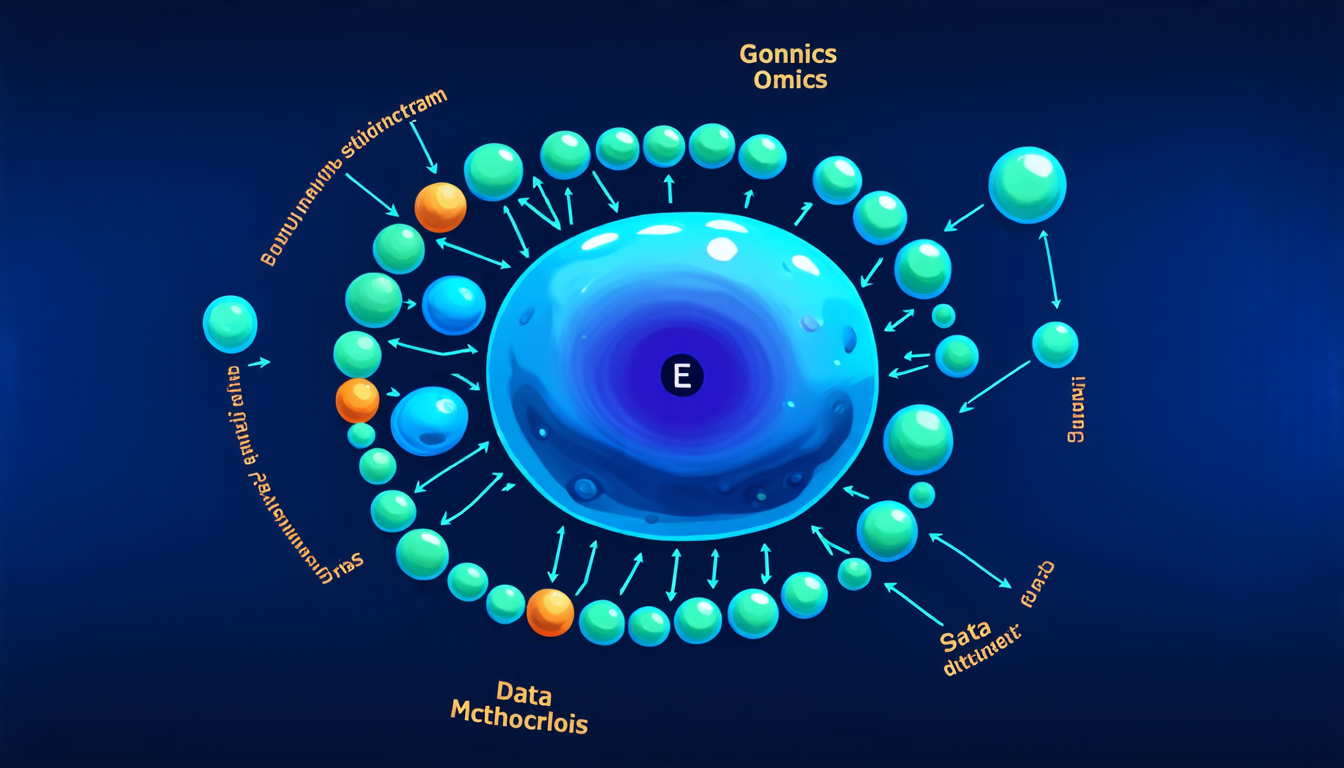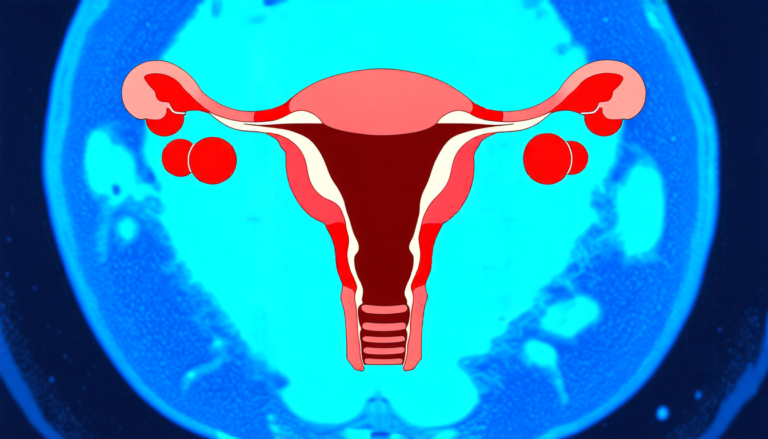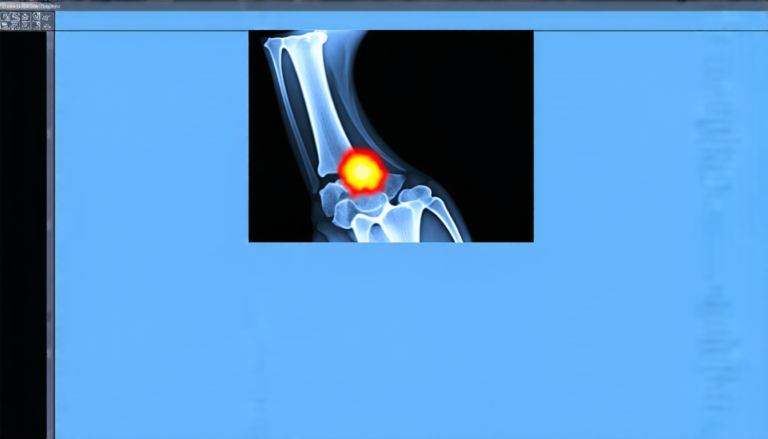Friday 30 May 2025
In a major breakthrough in cancer research, scientists have developed a new method for identifying patient subtypes and predicting their survival outcomes without requiring any labelled data. The approach, known as OmicsCL, uses a combination of machine learning algorithms and contrastive loss functions to learn meaningful representations from multi-omics data.
Multi-omics data refers to the integration of different types of biological data, such as gene expression, DNA methylation, and miRNA profiles, which can provide a more comprehensive understanding of cancer biology. However, analyzing these data sets is often challenging due to their high dimensionality, noise, and inconsistency across modalities.
OmicsCL addresses this challenge by using a modular contrastive learning framework that jointly embeds heterogeneous omics modalities into a unified latent space. The model learns view-specific representations for each modality and a shared representation that captures the commonalities between them. This allows OmicsCL to identify patient subtypes and predict their survival outcomes in an unsupervised manner.
The approach was tested on a dataset of breast cancer patients, where it achieved a high concordance index of 0.7512, indicating strong agreement with actual survival times. The model also showed statistically significant separation in Kaplan-Meier survival curves, demonstrating its ability to identify patient subtypes that are associated with different prognosis.
One of the key advantages of OmicsCL is its flexibility and adaptability to different downstream applications. By adjusting configuration parameters such as the number of clusters or embedding dimensionality, the model can be tuned to prioritize different evaluation criteria, such as subtype purity or silhouette score.
This approach has significant implications for cancer research and treatment. By identifying patient subtypes and predicting their survival outcomes without requiring labelled data, OmicsCL could help clinicians develop more personalized treatment strategies and improve patient outcomes. Additionally, the model’s ability to integrate multiple omics modalities provides a powerful tool for understanding the complex biological processes underlying cancer.
The development of OmicsCL is an important step towards unlocking the full potential of multi-omics data in cancer research. As researchers continue to explore its capabilities and limitations, we can expect to see further advancements in our understanding of cancer biology and the development of new treatment strategies.
Cite this article: “Unsupervised Multi-Omics Analysis for Cancer Subtyping and Survival Prediction”, The Science Archive, 2025.
Cancer Research, Multi-Omics Data, Machine Learning, Omicscl, Patient Subtypes, Survival Outcomes, Contrastive Loss Functions, Breast Cancer, Personalized Treatment Strategies, Cancer Biology







